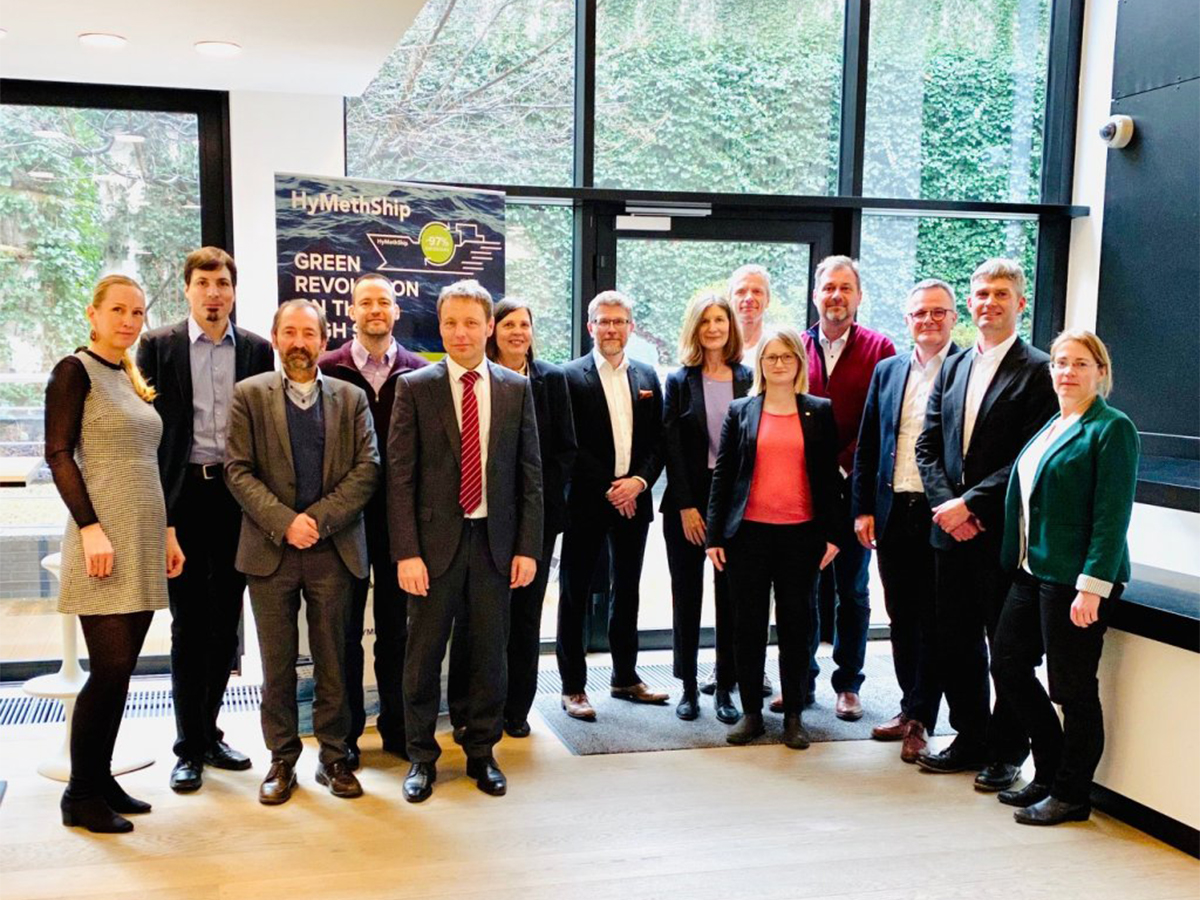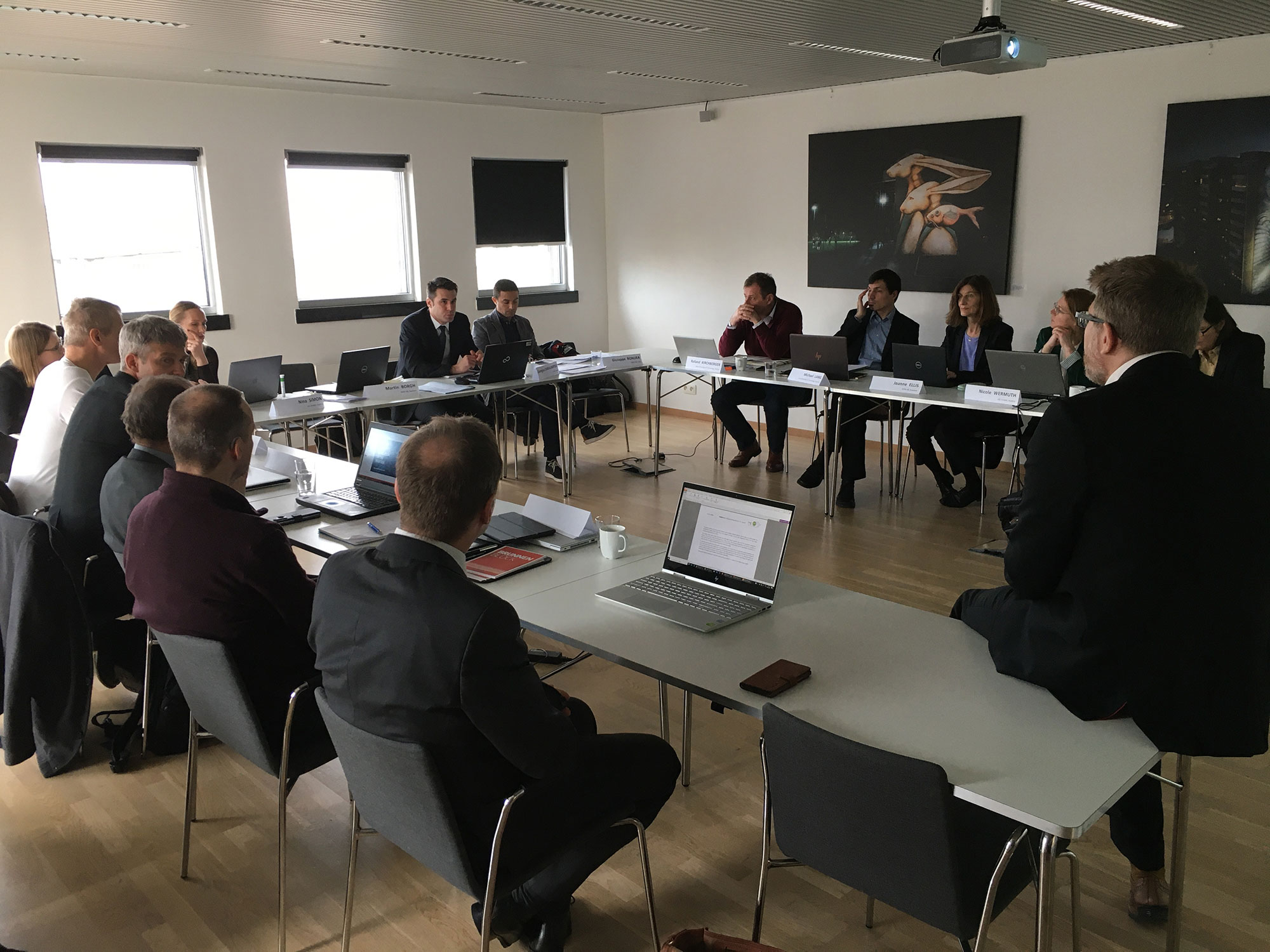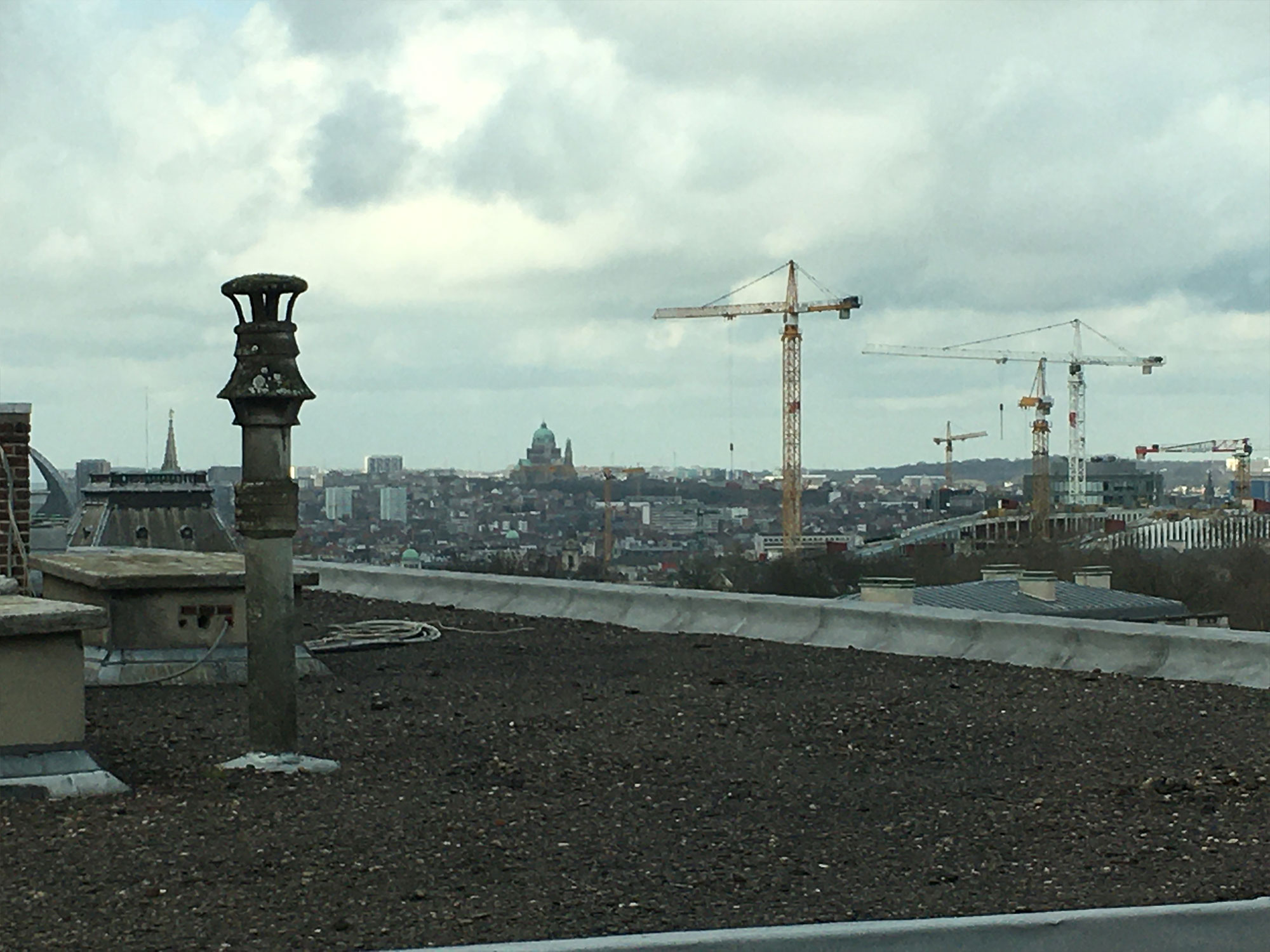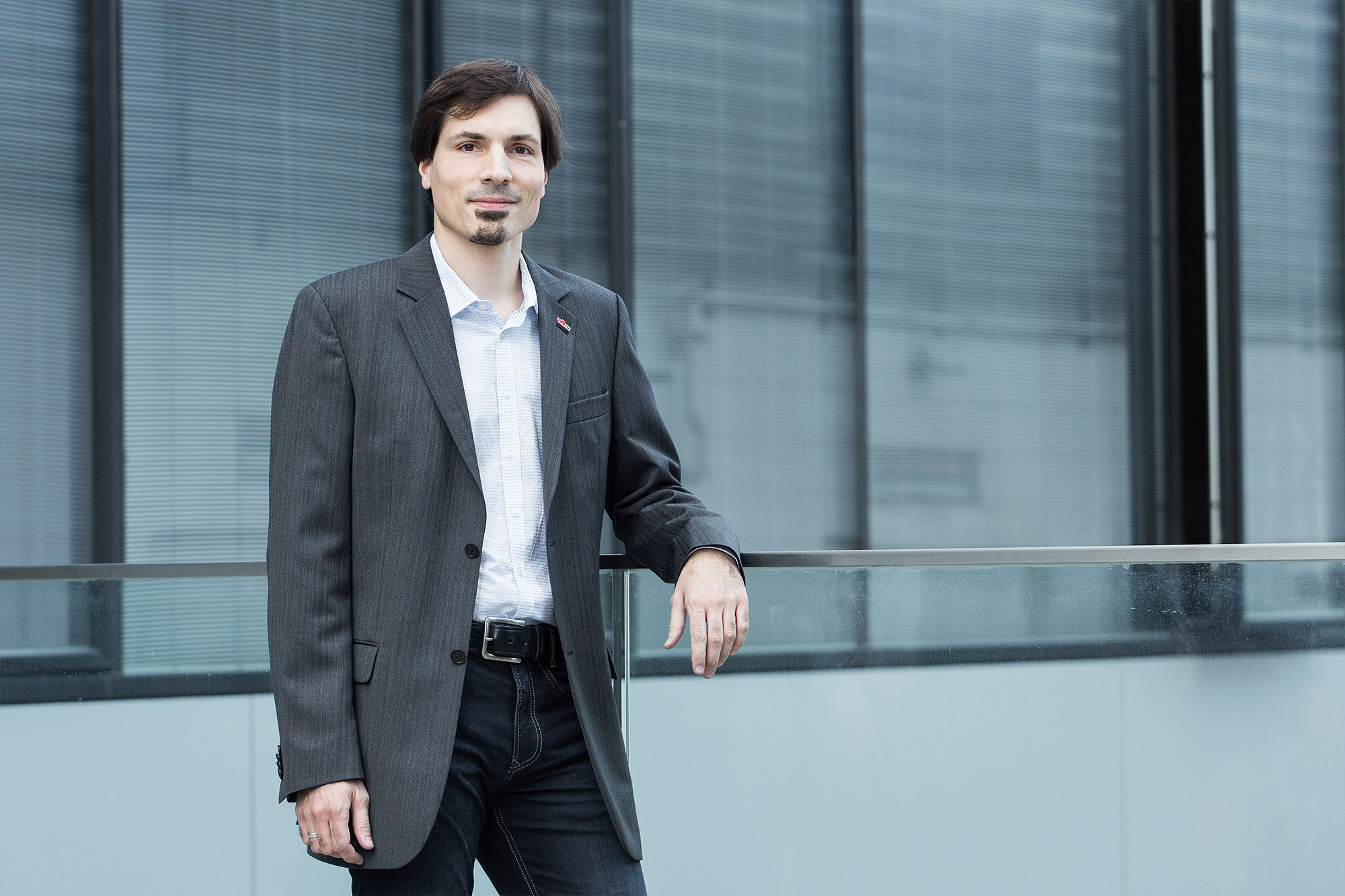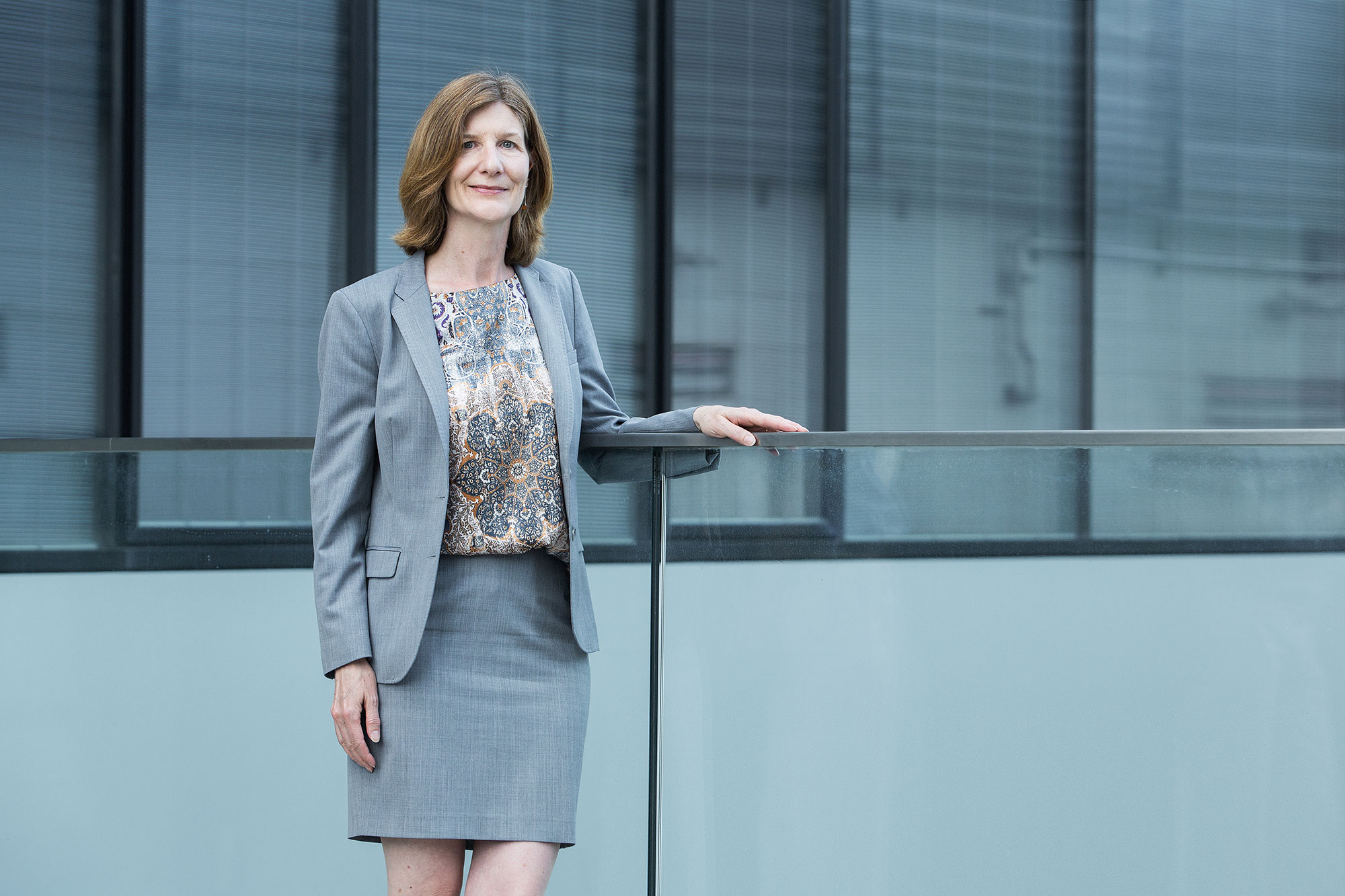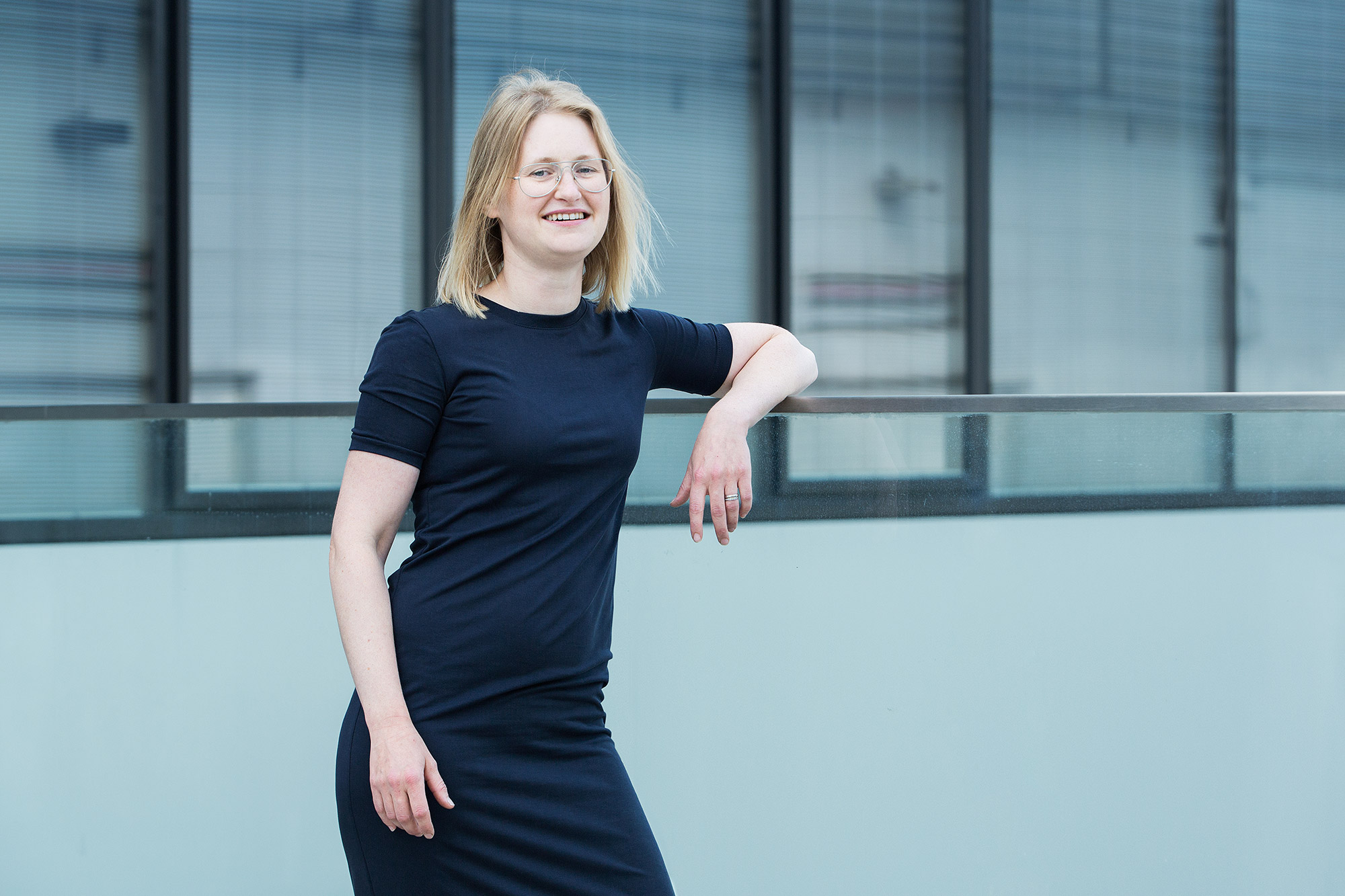
1st Review meeting successfully completed
HyMethShip is making good progress was confirmed at the project’s 1st midterm review meeting that took place in March, 2020, in Brussels.
HyMethShip mastered its first EU midterm evaluation and is well under way
All work-package leaders gave inspiring speeches of the progress of their work package. In the presence of the reviewer, an expert for industrial chemistry / reaction kinetics and the project officer of INEA, the work in the project and its impact was discussed in detail. The public relations work was particularly well received by the experts.
In the review meeting the design of the case study vessel was the starting point of the presentation. Several floor plans and cross sections were shown with the HyMethShip-components installed onboard of a RoPax (Roll on/roll off Passenger) ferry. This ship type might be the first to be forced to reduce greenhouse gases significantly. The case study not only involved the vessel design but also fixed several operation conditions like maneuverings, the speed of the vessel, environment and sea conditions.
For the environmental assessment all material and energy flows during the operation of the case study vessel were analyzed and the impact of the associated emissions was calculated. HyMethShip was performing outstanding. In the comparison as well bio-fuels and e-fuels for internal combustion engines, for batteries and for fuel cell propulsion energy were considered. The state-of-art diesel fuel combined with state-of-the-art direct carbon capture was the base case consuming high amounts of energy. First draft cost calculations showed that costs are even less, if compared to other alternative propulsion systems and fuels with the same CO2 reduction.
It was also the aim of the project to develop a safe propulsion system that can be transferred to a pilot vessel without major modifications. This was realized by conducting a HAZID (hazard identification) study which will be completed by a HAZOP (hazard and operability) study in the next project period.
The after lunch-session of the review meeting concentrated on the technology related work-packages. The layout and manufacturing of the reformer was the most challenging task as it implied going from a laboratory unit to a plant in the MW range. The combustion system had to be developed to be stable with hydrogen and methanol in various compositions. Furthermore, the heat required for the reforming has to be delivered without compromising efficiency of the power output.
Last not least the dissemination and promotion of the project was presented. The project has already been presented at numerous conferences and in some popular magazines. The organization of the Sustainable shipping technologies forum (SSTF) obtained particularly high recognition.
A fruitful discussion of technical and administrative issues concluded the meeting. The experts gave many valuable hints on these and on aspects that will become relevant in the second period.
„The review meeting in Brussels once again showed the power and the team spirit of the consortium. The simulations of the reaction but also subsystems turn out to be of crucial importance for our work and confirmed the path we have chosen for the layout of the tech-demonstrator.“
„The meeting was a great opportunity to connect with the other partners – both during the formal meeting and the relaxed informal discussions afterwards. It was nice to have the chance for dialogue with the project officer and expert reviewer and to hear positive, constructive feedback. To me it clearly showed that HyMethShip is on track to produce some very interesting results!“
„The meeting was efficient and well organised and came with a nice view over Brussels. It that gave a good overview of all things done so far in the project. In WP7&8 we have shown that the HyMethShip system could lead to up to 98 % reduction of climate change impact during the life cycle if an efficient fuel production cycle is used. The HyMethShip system is also indicated to be cost competitive with alternative technologies achieving similar reduction in climate and environmental impact.“
